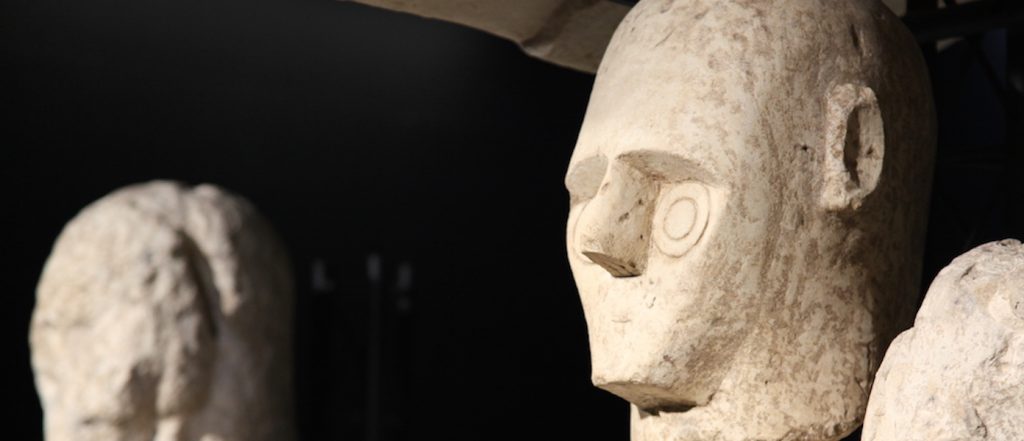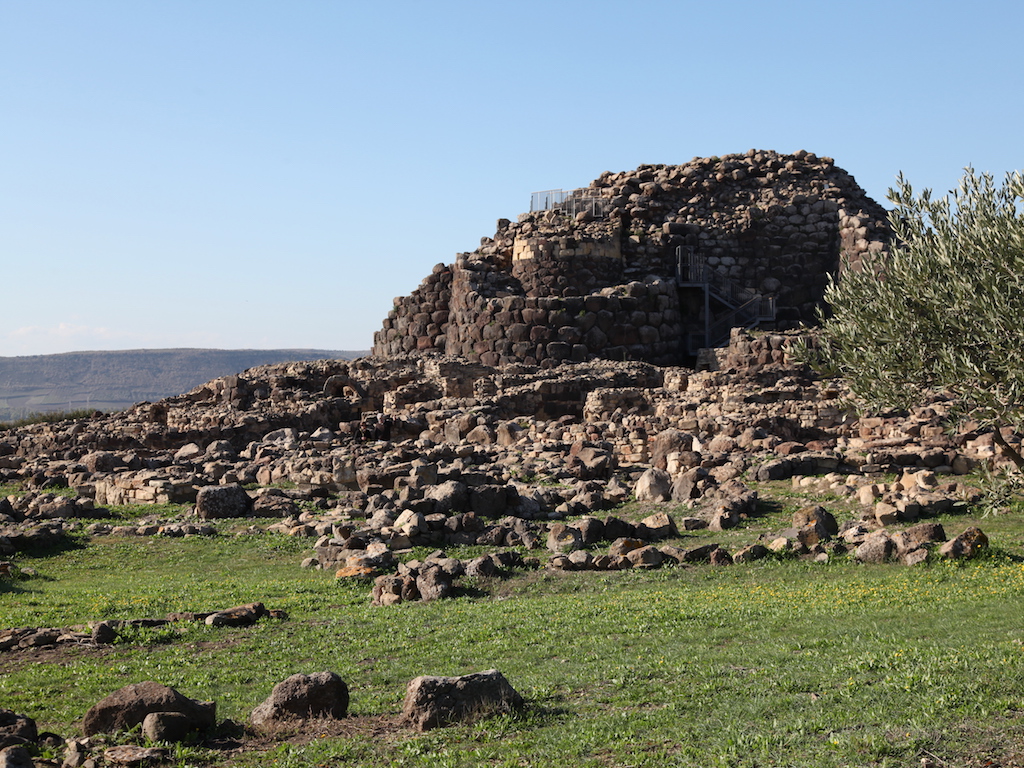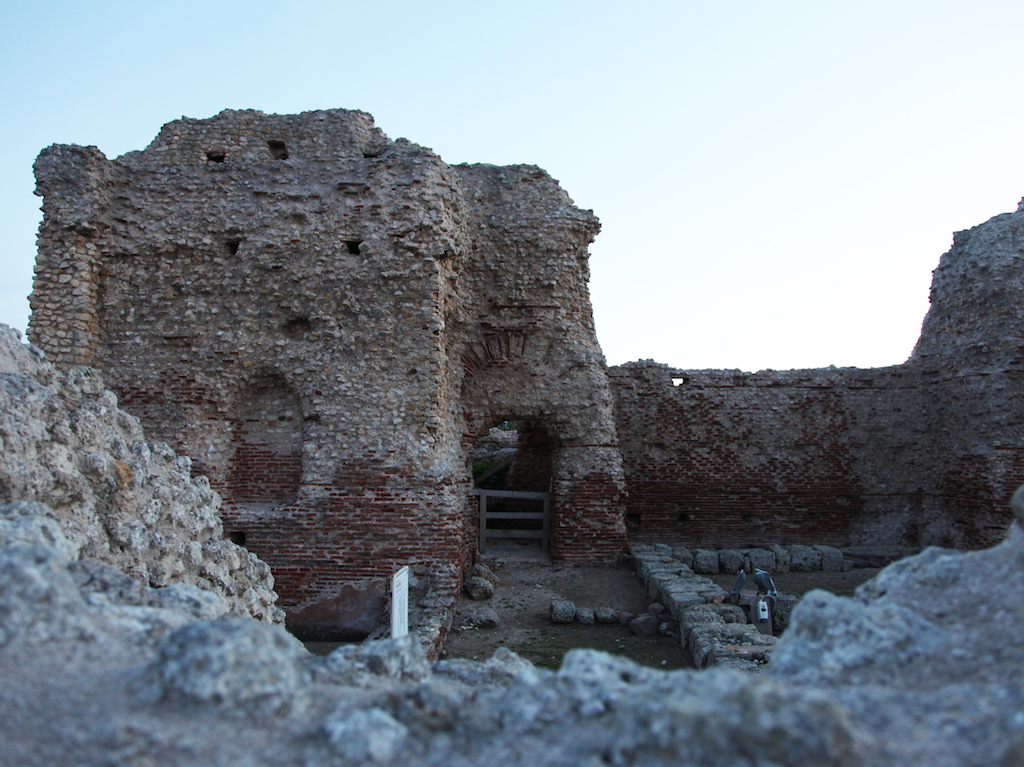From stone to history
The museum
Stone preserves memories considering that it has been used since ancient times with techniques that speak volumes of its history.

Sardinian Stone preserves traditions and memories considering that, similar to wood but being more resistant to wear and tear, it has been used since ancient times as building material, with techniques and procedures that speak volumes of its history.
The tie between Sardinia and its stone is already evident in ancient times: a legend tells that, after creating all the lands, Zeus shaped with his foot some rocks and stones leaving a lasting footprint, a so-called Ichnussa, from the Greek word Ichnon meaning “footprint”.
There is also a myth which tells about the creation of the Nuraghe: while escaping from Crete, Dedalus found a shelter in the island and, to show his gratitude to the shepherds who had helped him, built a construction made of stones putting one over the other to form an abode: the Nuraghe.

“Su Nuraxi” Archaelogical site in Barumini
The Tower of San Pancrazio, one of the main symbols of Cagliari, was built during the Pisan domination in 1305 by architect Giovanni Capula who, two years later, also built the twin Tower of the Elephant. The edifice is made with square limestone blocks from the nearby Colle di Bonaria. It has a gate that is the main entrance to Castello, the most important of the four old districts of Cagliari. The Tower is surrounded by mighty walls which make for beautiful views of the town. Through restoration and restructuring works of the former Royal Arsenal which took place between 1965 and 1979, the new exhibition grounds have harmoniously merged with the 18th c. pre-existing edifice and its wall system brought to light during the works for the establishment of the Archaeological Museum. The Museum hosts the giants of Mont’e Prama, ancient sandstone sculptures found during the ‘70s.

Tower of San Pancrazio, Cagliari
The way the stone is worked in Porto Torres, in the province of Sassari, is proof of the ancient trades established with Rome. Limestone was used to clad streets, marble slabs, floors and commemorative pieces. Limestone blocks were used to build the pillars of the Roman bridge crossing the Riu Mannu with some parts strengthened with trachyte. Due to these exchanges, the usage of the stone was not limited to building projects. Moulded by the expert hands of stonecutters and artisans, stone was also used for decorative purposes.

Turris Libisonis, Porto Torres
Paintings by Mario Delitala pay tribute to the stone and wild nature of Monte Ortobene; industrial exploitation of granite in Caprera, belonging to the Maddalena archipelago, started with the works in the Cava Francese (French Mine) and the mighty sculpture of Garibaldi, characterized by austere and essential lines, reminiscent of the place where the Hero of the Two Worlds spent the final years of his life. A coarse granite tomb holds Garibaldi’s corpse.

Garibaldi Compendium in Caprera, Garibaldi’s tomb
Sardinian stone has crossed regional borders: for instance, the Duomo in Pisa, the Pantheon columns and the Church of Santa Maria Maggiore in Rome are built with Sardinian granite blocks. Today, due to the availability of materials and new technologies, stone slabs and objects are traded worldwide, thus making Sardinian stone renowned at an international level.